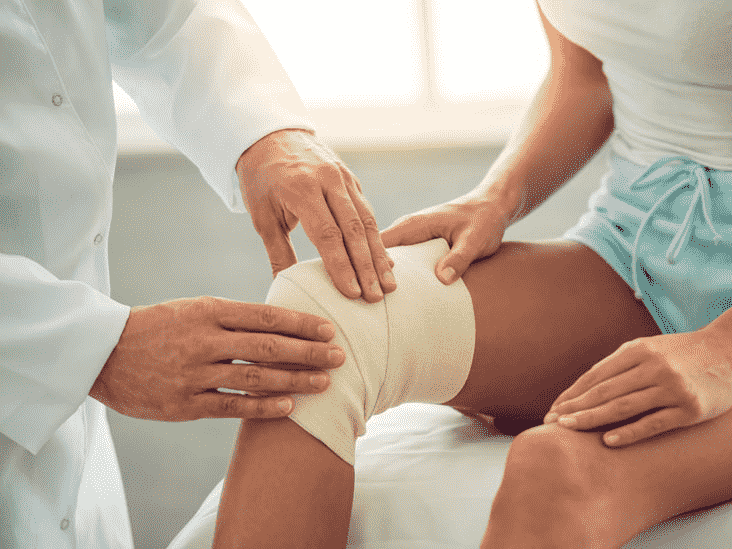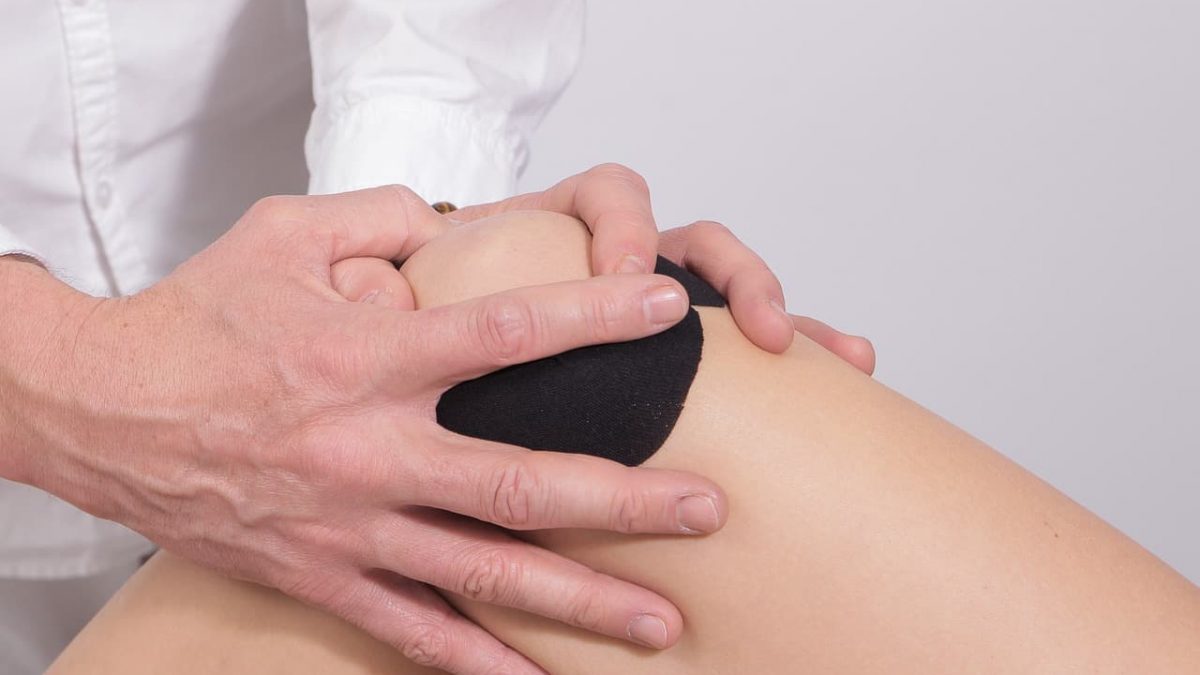Is Handling Yourself After the Knee Replacement Becoming A Problem? 7 Things That Will Help You Deal
Have you recently undergone a knee replacement surgery? Congratulations on your new knee! A total knee replacement surgery could help you live an independent and confident life again. In Australia, there has been a 38% rise in the rate of total knee replacements from 2005–06 to 2016–17. Though numerous people go for knee surgeries each year, each case is unique, and so is the recovery process. Life-changing surgeries like knee replacement can be challenging, not just on your body but on your mind too.

Is coping with a knee replacement surgery becoming difficult for you? If yes, don’t worry, you are not alone! Like most patients, you might have expected that your life would resume its normal course shortly after the surgery; however, returning to your everyday activities might take adjustment as well as time. Here are a few tips that ensure fast recovery and hassle-free post-surgery lifestyle.
Table of Contents
Start with walking support:
One of the reasons for your discomfort could be the absence of sufficient walking support. Walkers and crutches provide great support as you start walking at home. While your bandage will still be on, walking with the support will provide great support while enhancing the healing process with circulation. Here is a walking support equipment timeline-
- From discharge to 3 weeks- Walker
- 4 weeks to 8 weeks- Crutches
- 8 weeks to 12 weeks- Cane
Visit website to see what walkers, crutches, or canes are suitable for you.
Space it out:
Fuller houses with cramped spaces could pose an intermittent threat to the patient. To make your home more patient-friendly, some helpful ideas could be:
- removing and moving furniture
- eliminating rugs and carpets
- using wire managers to keep electrical cords and wires out of your way
- packing up unnecessary clutter for the time being
Important installations:
Feeling apprehensive about getting hurt? Keeping the following points in mind could guard you against falls and injuries. Following are a few pieces of equipment you should consider buying asap:
- install handrails in common areas
- use a raised toilet seat or a bedside commode
- add protective rails in your shower and next to your toilet seat
- cover steps with ramps
- add texture to flooring
- invest in grip socks
- keep your rooms well lit.
Topical pain management:
Having too many ouch moments? Swelling and pain are two common yet bothersome aftereffects of a knee replacement surgery. Ice packs are useful ways of dealing with swelling and inflammation around your knee joint and the tissues surrounding it. It is usually recommended that you use an ice pack 3-4 times a day for about 20 minutes each time.
Eat well to feel well:
Diet plays a crucial part in recovery, but patients often struggle with following a healthy diet plan. You must include the following tips in your diet planning exercise:
- Stick to a balanced diet that includes low-fat foods like plain rice, broiled chicken, toast, and yogurt.
- Drink plenty of fluids, especially water.
- Watch your portion sizes, so you do not put on excessive weight to keep your new knee safe.
Taking care of the incision:
Every little change in the incision (cut) might make you nervous. So, it is important to care for your incision while changing the dressing regularly. The dressing protects the wound and elevates the healing process. You could change your dressing at home easily after the discharge from the hospital. Follow the doctor’s instructions, keep the wound clean, and report anything that looks suspicious while you change your dressing.
Ruling out infection:
Even when healed on the outside, infections could still be a risk. Here are the signs that one should watch out:
- pain and stiffness in the artificial joint
- experiencing knee pains even after months of surgery
- signs like warmness, redness, and tenderness around the surgery area
- oozing colored liquid draining from the incision
- low-grade fever accompanied by chills and fatigue.

